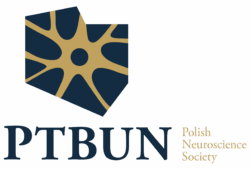References:
1. Kucharczyk MW, et al. The impact of bone cancer on the peripheral encoding of mechanical pressure stimuli. Pain, 2020.
doi: 10.1097/j.pain.0000000000001880
2. Kucharczyk MW, et al. A critical brainstem relay for mediation of diffuse noxious inhibitory controls. Brain. 2023. doi: 10.1093/brain/awad002
References:
1. Perez-Sanchez J, et al. A humanized chemogenetic system inhibits murine pain-related behavior and hyperactivity in human sensory neurons. Science Translational Medicine, 2023. doi: 10.1126/scitranslmed.adh3839
References:
1. Ingram S, et al. Assessing spontaneous sensory neuron activity using in vivo calcium imaging. Pain, 2024. doi: 10.1097/j.pain.0000000000003116
2. Choi D, et al. Spontaneous activity in peripheral sensory nerves: a systematic review. Pain, 2024. doi: 10.1097/j.pain.0000000000003115
References:
1. Jensen KL, et al. Peripherally restricted PICK1 inhibitor mPD5 ameliorates pain behaviors in murine inflammatory and neuropathic pain models. JCI Insight., 2024. doi: 10.1172/jci.insight.170976
